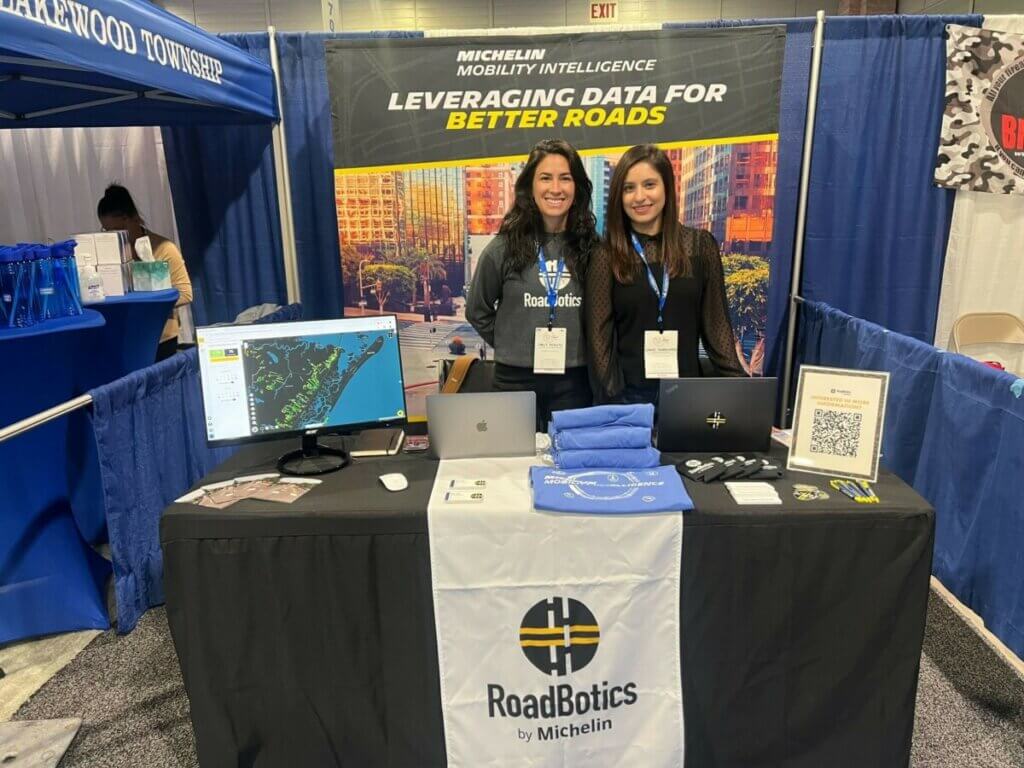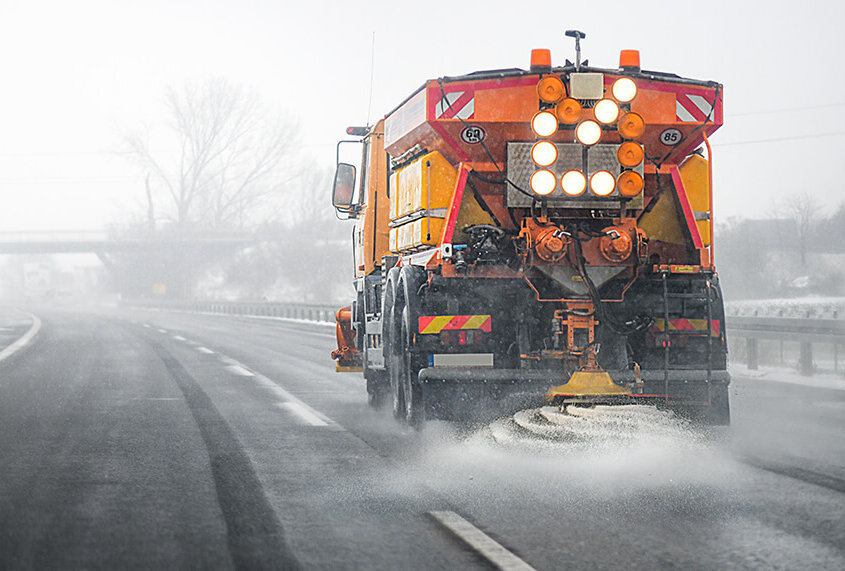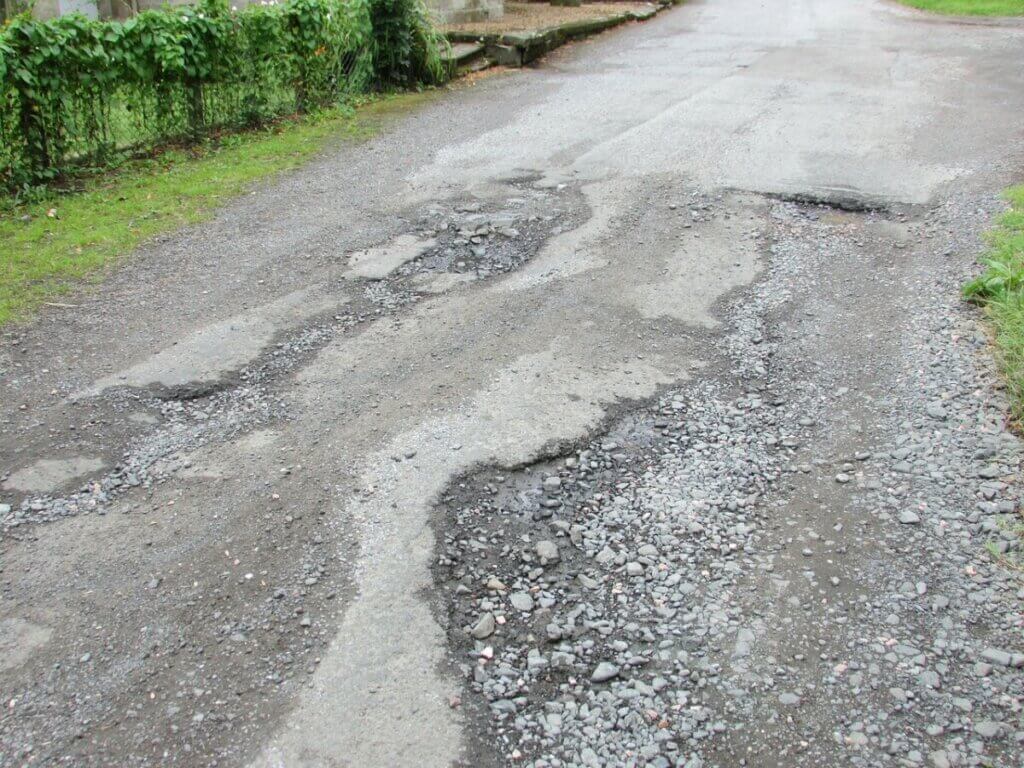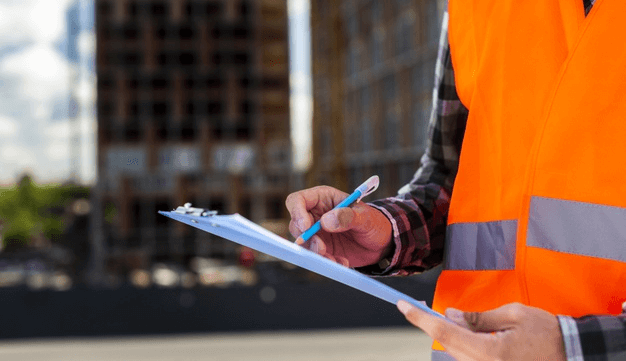
At RoadBotics, we often hear from public works professionals that local and county governments save money by having their staff conduct their pavement inspections in-house – meaning that the staff drives or walks the road network to inspect it themselves.
But is there really a cost savings to this approach?
Opportunity Cost in Pavement Evaluation
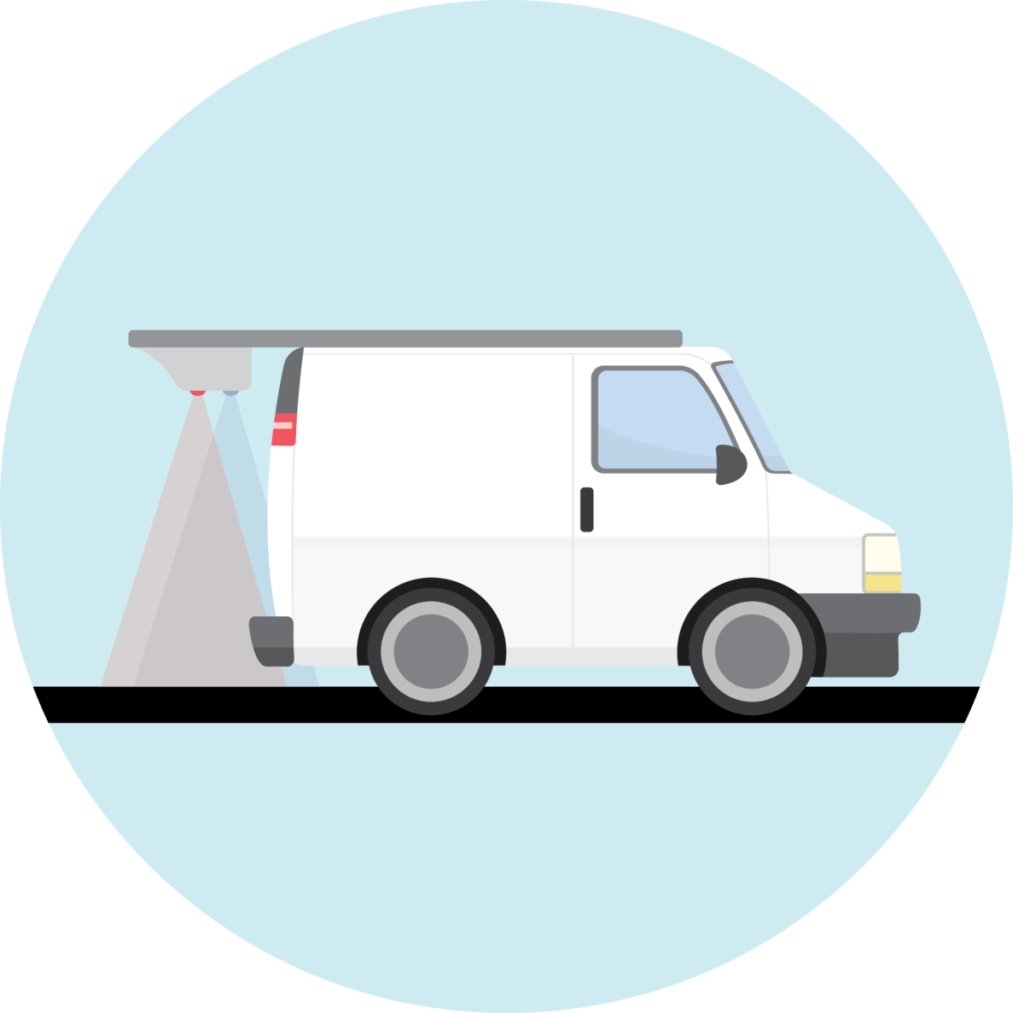
Our client data shows that the cost for a public works department to use their own staff to conduct a manual pavement assessment far exceeds the price to use third party software to complete one.
How can this be?
In short, the costs often not recognized are:
- Hourly labor wage rate
- Assessment resources and tools (such as vehicles, tablets, manuals, etc.)
- Project management
- Data processing, maintenance, and quality
But another unrecognized hidden cost is the opportunity cost, or the next best alternative, for a pavement assessment. This cost hides beneath direct spending. Governments should account for opportunity cost in the final cost of a pavement assessment.
For example, Public Work Directors who use RoadBotics’ solutions for their assessments say that their employees have been able to work on road maintenance with pothole patching, crack sealing, and prioritizing rehabilitations on failed roads sooner than using a manual assessment. Starting sooner means their department decreased the overall cost because of less time spent in the planning and data collection phase.
When reflecting on in-house assessments’ opportunity cost, let’s review the key factors:
Employee Labor Cost
The RoadBotics’ business analytics team estimated a breakdown of manual costs and processes in communities where Roadbotics’ software has assessed their pavement. The communities reported the time and cost to develop a method, collect field data, and process the data to input into tables, reports, and preparation.
Results showed it took a GIS analyst and road maintenance worker approximately 600 hours (25 days), at a combined hourly rate of $50 and total cost of $30,000, to conduct their manual assessment of a 150-centerline mile network. RoadBotics cost would be half that with the same turnaround time.
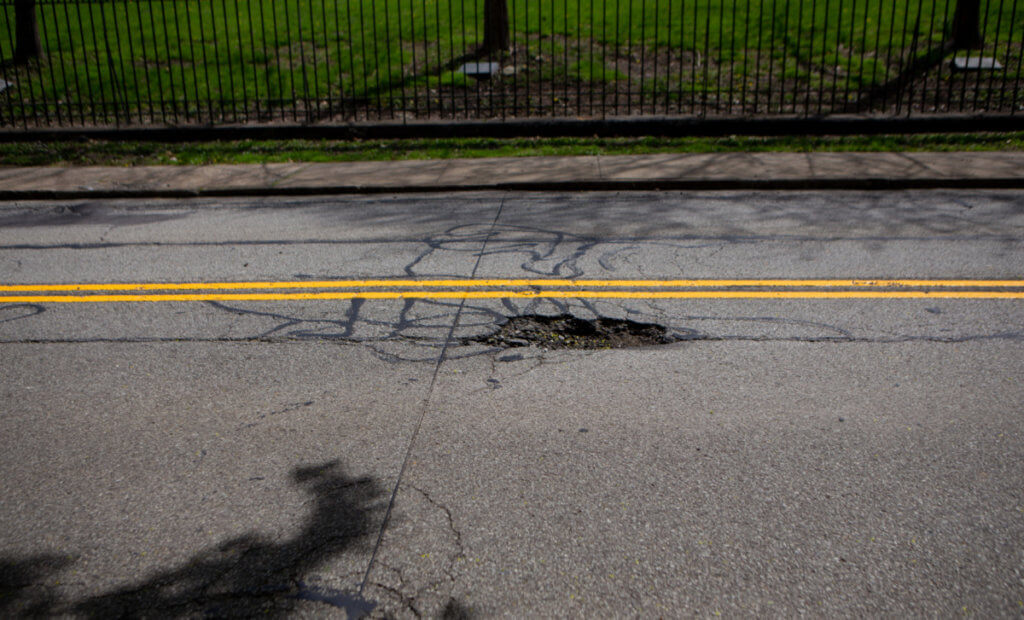
Beyond the cost of labor to conduct the assessment, the data processing stage to maintain the database does not end at the 600-hour mark. To continue making use of the pavement conditions collected, hours must be spent continuously updating the database for proper maintenance and repairs.
Time Consumed
Not all communities are able to dedicate their GIS professionals and road technicians to produce timely, accurate road assessments. For many of the larger networks that RoadBotics serves, they have spent up to three years for a full network manual assessment.
Though these communities are able to offset the labor costs by training interns to conduct the pavement assessments, the time spent for data collection becomes far too long, as they are not consistent employees. The training and preparation of deploying interns, or other cost effective labor, still need management to oversee the process. Ultimately, having a project manager for data collection counterbalances the cost of using more affordable labor while simultaneously prolonging the data collection process. As these managers have to train an ebb and flow of workers with little familiarity with pavement assessments, collection time is slowed down even more.
The timeliness of having this data is imperative for accurate maintenance and prioritization.
Integrity of Data
Though some municipalities still feel in-house assessments are more cost-friendly, the price of the quality data received does not have a dollar value. To maintain the integrity of the data for proper planning, the objectivity and timeliness of data collection becomes of utmost importance.
When using manual inspections, subjectivity still resides in the data collected. Regardless of rating method used (PCI, PASER, IRI, etc.), human error and bias still impacts the data as it will not be consistent from team member to team member. The inconsistency in manually collected data produces weaker prioritization and management plans, ultimately negatively impacting the community at large.

In addition to subjective data, pavement evaluations collected over a long period of time will reflect inaccuracies in the network. Especially to those in harsh climates that impact the pavement condition, roads will deteriorate faster, the data will inaccurately measure the road quality, and problem areas will become severe safety hazards. To have accurate and appropriate data, the collection and processing time should not take more than a year to conduct and produce a plan.
For best data quality, granularity and complexity must be represented in the network data. With our client data, the business analytics team calculated that manual inspections receive a data point every 1,000 to 1,500 feet in their network (roughly a quarter mile). With only four data points for each mile, hazardous distresses are not accounted for and road failure will exponentially accelerate over time. Conversely, limited funds are then used for roads that have inaccurate failure points than other related roads that need repair more.
Conclusion: Affordable Solutions
The objective and timely data from a software-driven solution best provides long term data usage at an affordable, comparable cost, and the lowest opportunity cost. These costs are the minimum costs in any pavement management solution, and there are other unaccounted costs in every municipality.
If a Public Works department believes their pavement assessment is free or cheaper than a software alternative, or that our analysis has miscalculated their pavement assessment cost, we would love to hear the story. We’d also like to hear from those in the pavement assessment industry about their calculated costs to further research the costs of pavement assessments.
No matter what pavement assessment solution governments or businesses decide to use, they should be able answer, “How much does my pavement assessment really cost?”


